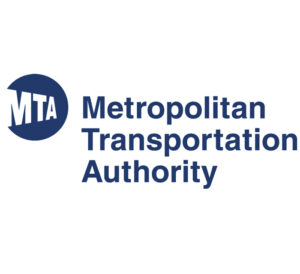 NEW YORK — With post-pandemic ridership remaining below levels forecast in 2020, the Metropolitan Transportation Authority could face a “fiscal cliff” — the inability to balance its budgets — as soon as 2025, a year earlier than previously forecast, the MTA board was told Wednesday.
NEW YORK — With post-pandemic ridership remaining below levels forecast in 2020, the Metropolitan Transportation Authority could face a “fiscal cliff” — the inability to balance its budgets — as soon as 2025, a year earlier than previously forecast, the MTA board was told Wednesday.
Chief Financial Officer Kevin Willens told the board the agency could exhaust its $15 billion in federal pandemic relief aid even sooner. WSHU Radio reports Willens said that money, which was supposed to last through 2025, could be gone in 2024. That, and the reduced revenue reflecting lower ridership, would bring on the fiscal emergency.
The 2025 projection came in a new ridership forecast from consultant McKinsey & Co., which uses two different scenarios to project the return of ridership through the end of 2026. In the most favorable scenario, ridership returns to 88% of pre-pandemic levels by that time, while an alternative scenario has it at only 73%. Ridership at 80% would represent a $500 million drop in farebox recovery from previous projections. The most recent actual figures, for the first quarter of 2022, have ridership at 55% of pre-pandemic levels.
Willens said the looming fiscal cliff could be reduced by up to $1 billion a year “by using the federal COVID relief funds in a smarter, more sustainable way, avoiding costly deficit financing just to delay the problem. But that is going to take action in early 2023.”
The discussion of the looming deficit came as the MTA released its preliminary 2023 budget and four-year financial plan. The revised financial plan projects annual deficits of $2.5 billion within two years, increasing to $2.75 billion in 2028.
“Identifying new, dedicated revenues to fund mass transit is imperative as we seek to address our fiscal cliff,” MTA CEO Janno Lieber said in a press release. “Transit is essential to the economic future of New York as we continue to recover from the pandemic, and it should be treated as an essential service, with strategies that don’t just put the problem on the backs of our riders through painful service cuts and fare increases.”













No kidding! Borrowed federal money (a/k/a printed fiat currency) is the only thing that’s kept this country above water. Including transit agencies which might be the most hopeless case.
Before COVID, the typical transit system in this country was caught between plateaud ridership and increasing costs. The plunge in farebox revenue due to COVID ironically was a short-term blessing as it attracted massive federal bailouts from a federal government that long since has passed the point of bankruptcy.
The federals can keep printing money indefinitely — as the money will be worth less each year than the year before.
In my area, the average off-peak ridership on a Milwaukee County bus could be accomodated in an Uber. MCTS keeps hoping for more ridership but it never comes. The latest scheme is a so-called “bus rapid transit” from downtown to the Medical Center (Wauwatosa) which consists of nothing more than new bus stops and traffic signal pre-empts on Blue Mound Road.